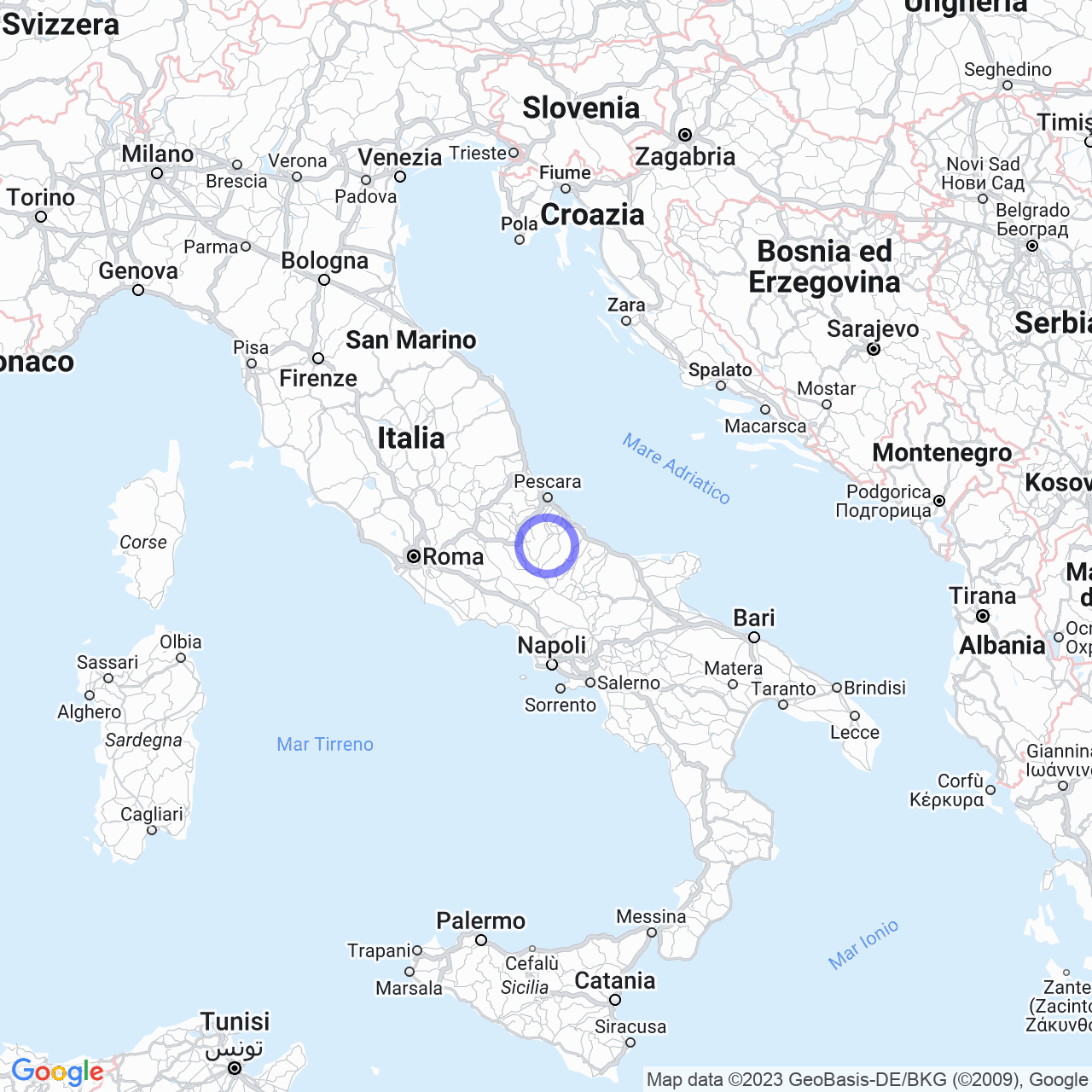Colledimacine
Colledimacine: A Small but Proud Town of Its History
Have you ever been to Colledimacine? This small town in the province of Chieti, Abruzzo, has only 164 inhabitants but is rich in history and monuments to visit. In this text, I will talk about the origins of the name, the history, symbols, and honors of the town, as well as its main monuments and places of interest.
Origins of the Name
The name Colledimacine comes from the Latin word "collis," meaning "hill," and "macina," meaning "mill." Thus, the name of the town perfectly describes its location on a hill and its ancient milling tradition.

History
The history of Colledimacine dates back at least to the 13th century when the town was a fiefdom of the Galgano, Oderisio, and Bifero families. Later on, the town passed on to the Biondo, Cantelmo, Tiberio d'Ugno di Guardiagrele, and Barbolani families. The latter transformed the castle into a residential palace, maintaining the original portal from the 16th century. In the 18th century, Colledimacine belonged to the feudal lordship of Domenico Trasmondi di Sulmona.
Symbols
The coat of arms and banner of Colledimacine were granted by the President of the Republic on February 14th, 1966. The banner is a yellow cloth.
Honors
The town of Colledimacine was awarded the War Cross for Military Valor for the sacrifices of its populations and for its activity in the partisan struggle during World War II.
Monuments and Places of Interest
Former Church of San Rocco
The former Church of San Rocco is located in Piazza Barbolani, opposite the Palazzo that gives its name to the square. The building is of medieval origin, but its foundation is not documented. The exterior walls are made of beveled limestone, while the worked stone portal and the monophores on the original facade attest to the presence of a settlement already in the medieval period.
Church of San Nicola di Bari
The Church of San Nicola di Bari is located next to Palazzo Barbolani. It is thought to have been built in the 18th century. The main facade is gabled, with the town emblem above and a circular opening. The interior has three naves, with a barrel vault and lunette on the lateral ones, while the apse is located at the end of the central nave. Inside, you will find the statues of the Virgin of the Coasts, San Nicola, and Sant'Emidio, the patron saint of the town, to whom a small chapel is also dedicated.
Palazzo Baroni Barbolani
The Palazzo Baroni Barbolani is the most important monument in the town. It is located in Piazza Barbolani and consists of two L-shaped blocks. Its particular position on a hill means that the main facade is divided into three levels, while the rest of the palace has only two. The original portal of the palace bears the inscription attesting to its construction by Count Raffaele Ulisse Barbolani.
If you are looking for a quiet and rich in history place, Colledimacine is the right place for you. The town is ideal for a day trip or a weekend in the middle of nature, surrounded by the mountains of eastern Maiella and Verde Aventino. You won't regret it!
